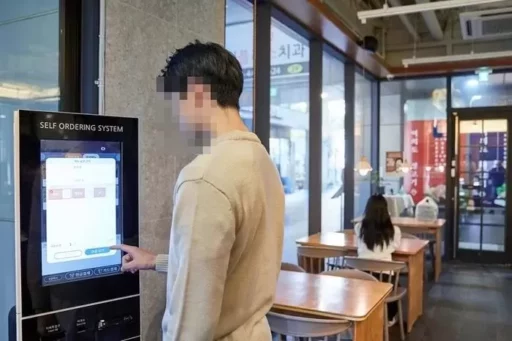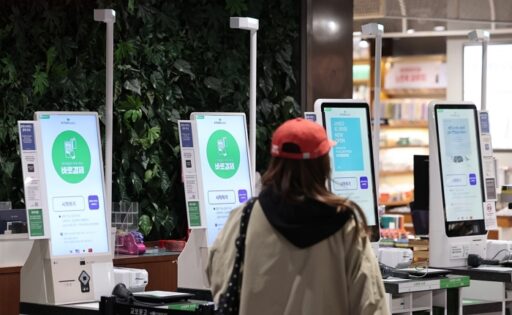Digital Literacy Gap: 3.5 Million Adults Struggle with Everyday App Usage
Approximately 3.5 million adults in the Republic of Korea face difficulties in utilizing basic digital devices, such as using smartphone apps for navigation or ordering food via kiosks.
According to the results of the first Adult Digital Literacy Survey released by the Ministry of Education on the 19th, significant gaps in digital literacy were confirmed based on age, education level, and income.

The survey, conducted last year with about 10,000 adults aged 18 and older nationwide, categorized digital device usage ability into four levels. The results showed that 8.2% of adults fell into 'Level 1,' which corresponds to those struggling with even basic operations of digital devices, estimating approximately 3.5 million individuals. These individuals belong to a digitally vulnerable group that finds it challenging to install apps or utilize basic functions.
Digital Vulnerable Group
Clear Digital Gaps by Age, Education, and Income
The digital literacy gap was clearly apparent according to demographic characteristics.
Among those aged 60 and older, 23.3% identified as 'Level 1,' while only 0.8% of young adults (aged 18-39) remained at this level.
By education level, 34.6% of adults with middle school education or lower were at 'Level 1,' compared to 6.3% of high school graduates and just 0.9% of those with a university degree or higher, highlighting significant disparities based on education.

Differences based on income were also pronounced. Among adults with a monthly household income of less than 3 million KRW, 25.9% were classified as 'Level 1.' In contrast, only 4.9% of the income group earning between 3 to 5 million KRW and 1.2% of those earning more than 5 million KRW were at this level.
Regionally, the percentage of the digitally vulnerable group was higher in rural areas (12.7%) compared to small and medium-sized cities (8.6%) and Seoul or metropolitan areas (6.1%). By gender, the ratio for women (10.0%) was higher than that for men (6.3%).
While 'Level 2' corresponds to those who can use digital devices but do so inadequately, this group totaled 17.7%.
These individuals are aware of apps but require assistance from others to use them effectively.
Combining those at 'Level 1' and 'Level 2,' approximately 25.9% of all adults, or about 11,093,000 individuals, struggle with digital utilization.

Current Status of Digital Device Utilization and Need for Education
The survey results indicated that the main purpose for adults in the Republic of Korea to use digital devices was to communicate with family, friends, and acquaintances (97.0%). This was followed by 'searching for information for daily life' (84.8%), 'leisure activities, such as watching YouTube' (84.4%), and 'online shopping and electronic payments' (70.8%), indicating that digital devices are used in various areas.
Notably, 40.4% of adults reported having experienced difficulties using digital devices at some point. Especially concerning, 77.7% of individuals aged 60 and older reported difficulties, showing that the digital gap widens with age.
Based on the survey results, the Ministry of Education plans to enhance support for adult lifelong education in artificial intelligence (AI) and digital literacy.
They plan to expand outreach digital literacy education programs like 'Han-gul Sunshine Bus', provide on-site training opportunities at banks and stores, and implement various policies, including support for lifelong education vouchers targeted at low-income individuals and the elderly.
Image source: Reference material for understanding the article / gettyimagesbank, News1


